
Educator I
Having had a lengthy career in law enforcement and spent many years exploring, backpacking and vehicle dependent travel, I have found the the two is one, one is none rule to apply more often than not.
If you were never in the military or first responder you may not have heard this saying before.
What does Two is one, one is none mean?
Basically you have more than one way to accomplish a task.
The reality is one option may fail or may be ineffective for the task at hand.
A prime example is recovery gear. If all I have is my winch and nothing else I have essentially set myself up for potential failure. If the winch fails for whatever reason (battery, line break, nothing to attach to) I have rendered myself stuck and in need of someone or something else to recover me from my situation. But if by chance I brought my recovery boards or a farm jack with recovery equipment I now have more than one way to resolve the problem.
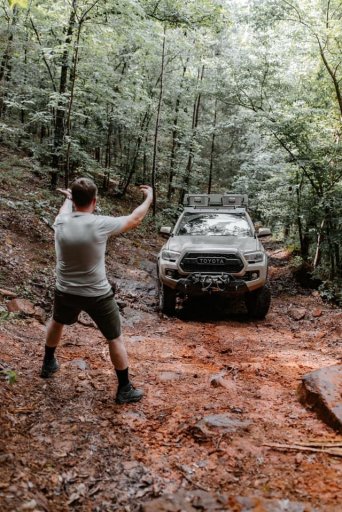
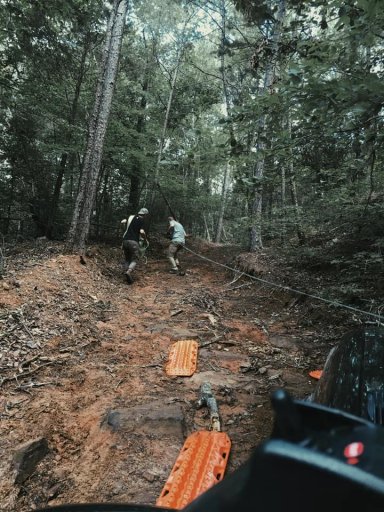
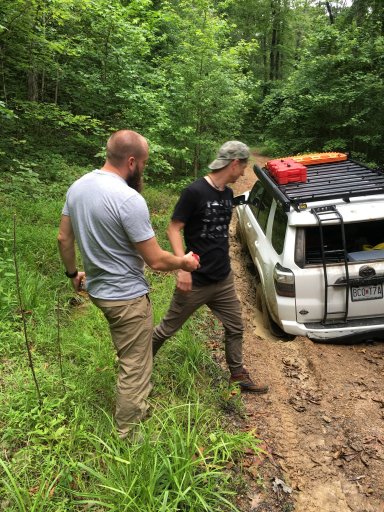
Another example where redundancy is a great thing to have is communications. If you rely on cellular telephone only, there is much of the back country which cell service is non-existent. If you make the statement, “That’s why I have ham radio.” As a fellow Amatuer Radio user, this is also not entirely true. There are places 2m / 440 does not propagate well. Same for GRMS, CB, FRS, SATCOM etc.. Believe it or not there are places different satellite communications doesn’t work as well as others. There is also the fallacy to dismiss CB in all circumstances. Driving in some areas CBs are the main radio contact with large lumber operations. Would it not be helpful if injured, stuck, or lost to communicate to someone if you could? Have a few regular options and then consider where your travels will take you. Should you put another option in the tool box to be more prepared? I run two radio types in my truck. Amatuer Radio and GRMS. I also have two tri-band antennas for each radio. If I brake an antenna I can move it to the radio I need at that time. I also have handheld options for those radio types. This is helpful if I need to walk away from my vehicle to attempt to locate help or move on foot somewhere.
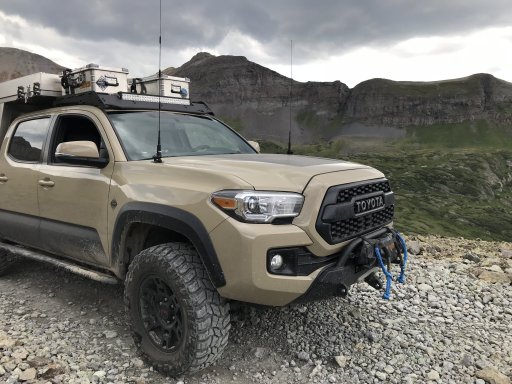
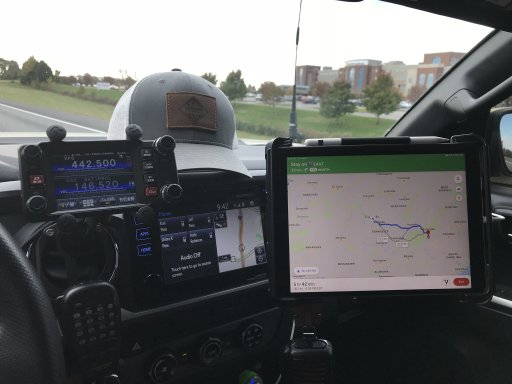
A few items I consider to have multiple uses:
A farm jack has multiple uses. (Lift, spread, winch)
Recovery boards (bridging, traction, medical back board)
Camp knife of good quality (protection, split wood with maul, prep food)
iPad (navigation, web search, work, communication)
These are just a few items I believe are great at doing several tasks and reducing how much we take into the back country.
So next time you pack your vehicle for exploration, off-roading, or touring take a moment and ask yourself; Do I have variety of items to accomplish the tasks you may encounter.
If you were never in the military or first responder you may not have heard this saying before.
What does Two is one, one is none mean?
Basically you have more than one way to accomplish a task.
The reality is one option may fail or may be ineffective for the task at hand.
A prime example is recovery gear. If all I have is my winch and nothing else I have essentially set myself up for potential failure. If the winch fails for whatever reason (battery, line break, nothing to attach to) I have rendered myself stuck and in need of someone or something else to recover me from my situation. But if by chance I brought my recovery boards or a farm jack with recovery equipment I now have more than one way to resolve the problem.



Another example where redundancy is a great thing to have is communications. If you rely on cellular telephone only, there is much of the back country which cell service is non-existent. If you make the statement, “That’s why I have ham radio.” As a fellow Amatuer Radio user, this is also not entirely true. There are places 2m / 440 does not propagate well. Same for GRMS, CB, FRS, SATCOM etc.. Believe it or not there are places different satellite communications doesn’t work as well as others. There is also the fallacy to dismiss CB in all circumstances. Driving in some areas CBs are the main radio contact with large lumber operations. Would it not be helpful if injured, stuck, or lost to communicate to someone if you could? Have a few regular options and then consider where your travels will take you. Should you put another option in the tool box to be more prepared? I run two radio types in my truck. Amatuer Radio and GRMS. I also have two tri-band antennas for each radio. If I brake an antenna I can move it to the radio I need at that time. I also have handheld options for those radio types. This is helpful if I need to walk away from my vehicle to attempt to locate help or move on foot somewhere.


A few items I consider to have multiple uses:
A farm jack has multiple uses. (Lift, spread, winch)
Recovery boards (bridging, traction, medical back board)
Camp knife of good quality (protection, split wood with maul, prep food)
iPad (navigation, web search, work, communication)
These are just a few items I believe are great at doing several tasks and reducing how much we take into the back country.
So next time you pack your vehicle for exploration, off-roading, or touring take a moment and ask yourself; Do I have variety of items to accomplish the tasks you may encounter.




